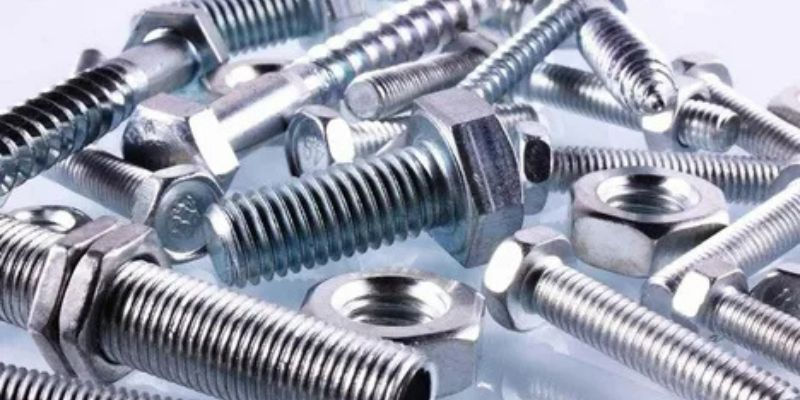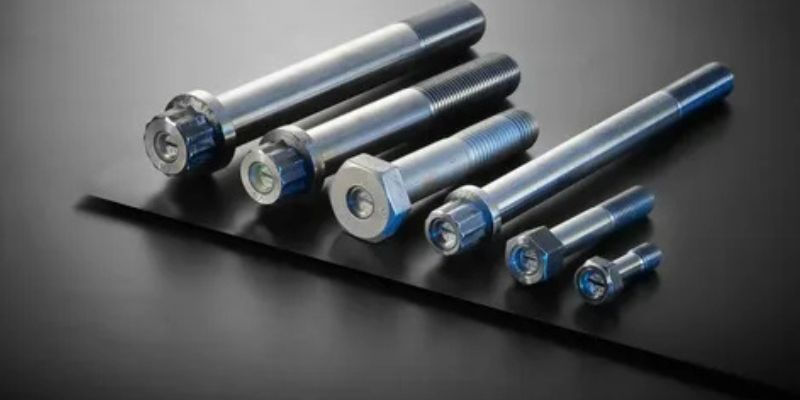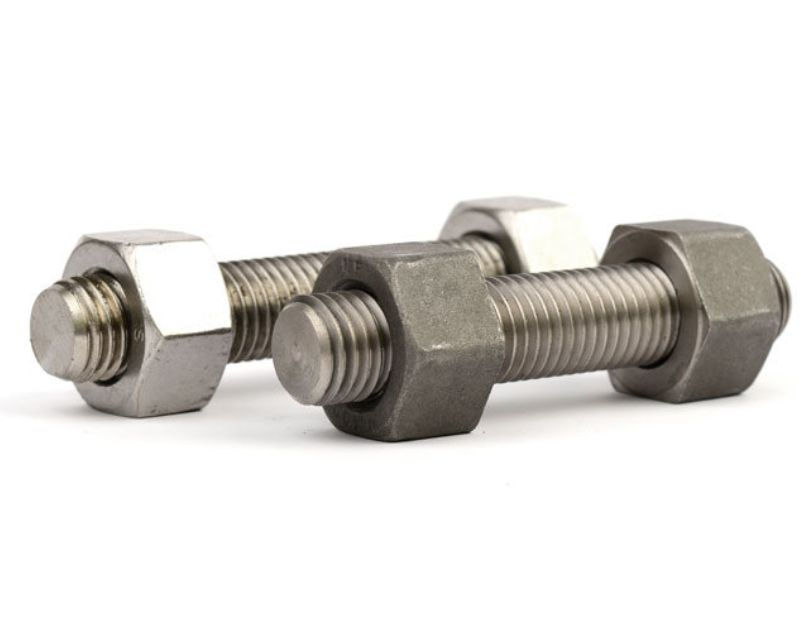Stud Bolt Installation: Step-by-Step Guide and Best Practices
- Delta Fitt inc
- 1 day ago
- 3 min read

When it comes to industrial fastening, stud bolts manufacturer in India solutions play a crucial role in ensuring strength, reliability, and precision. From oil & gas to petrochemical and construction projects, stud bolts are a preferred choice for secure and long-lasting connections, especially in flanged joints. Proper installation is key to preventing failures, ensuring safety, and maintaining performance.
In this guide, we’ll walk you through a step-by-step stud bolt installation process along with industry best practices to get the best out of your fasteners.
Step 1: Choose the Right Stud Bolt
Before installation, select the correct type, size, and grade of stud bolt based on your application. A reputable stud bolts manufacturer will provide material specifications that meet ASTM, ASME, or ISO standards. Always verify tensile strength, corrosion resistance, and coating requirements.
Step 2: Inspect Stud Bolts and Nuts
Check for visible damage, rust, or coating defects. A trusted stud bolts supplier ensures every bolt is inspected before delivery, but it’s good practice to recheck before installation. Using damaged fasteners can lead to joint failure and costly downtime.
Step 3: Prepare the Flange and Threads
Clean the flange faces and threads thoroughly to remove dirt, oil, or debris. This ensures proper seating and even torque distribution. For critical applications, lightly lubricate threads to reduce friction and prevent galling—a common recommendation from any professional stud bolts manufacturer in India.
Step 4: Insert the Stud Bolts Correctly
Align the stud bolts through the flange holes, ensuring equal projection on both sides. This symmetry helps maintain uniform load distribution and improves gasket sealing performance. High-quality fasteners from a reliable stud bolts manufacturer are manufactured with precise threading to make installation smoother.
Step 5: Follow the Correct Tightening Sequence
The tightening sequence is crucial for preventing uneven pressure and flange leakage. Use the cross-bolting method, tightening nuts in a star pattern to gradually achieve the required torque. Any experienced stud bolts supplier will recommend consulting a torque chart specific to your bolt size and grade.
Step 6: Apply the Recommended Torque
Always refer to the torque values provided by your stud bolts manufacturer in India. Over-tightening can overstress the bolts, while under-tightening can cause leaks or joint failure. Use a calibrated torque wrench for accurate results.
Step 7: Recheck After Operation
After initial operation under load, recheck the torque to ensure the bolts haven’t loosened due to vibration or thermal expansion. Many stud bolts manufacturer companies recommend periodic inspection to maintain safety and performance.
Best Practices for Stud Bolt Installation
Source from a reputed stud bolts supplier to ensure quality and compliance.
Store bolts in a dry, controlled environment to prevent corrosion.
Use protective coatings like PTFE or galvanization for harsh environments.
Never mix bolts of different grades in a single joint.
Always keep a torque chart handy for reference.
Why Choose a Reliable Stud Bolts Manufacturer in India
The success of your project depends heavily on the quality of the fasteners you use. Working with a trusted stud bolts manufacturer in India ensures you get bolts that meet stringent international standards, perform under extreme conditions, and offer long service life.
For premium-quality stud bolts that deliver unmatched reliability, Delta Fitt Inc is a name you can trust. With years of expertise as a leading stud bolts manufacturer and stud bolts supplier, they provide fasteners engineered for strength, durability, and precision across multiple industries.







Comments